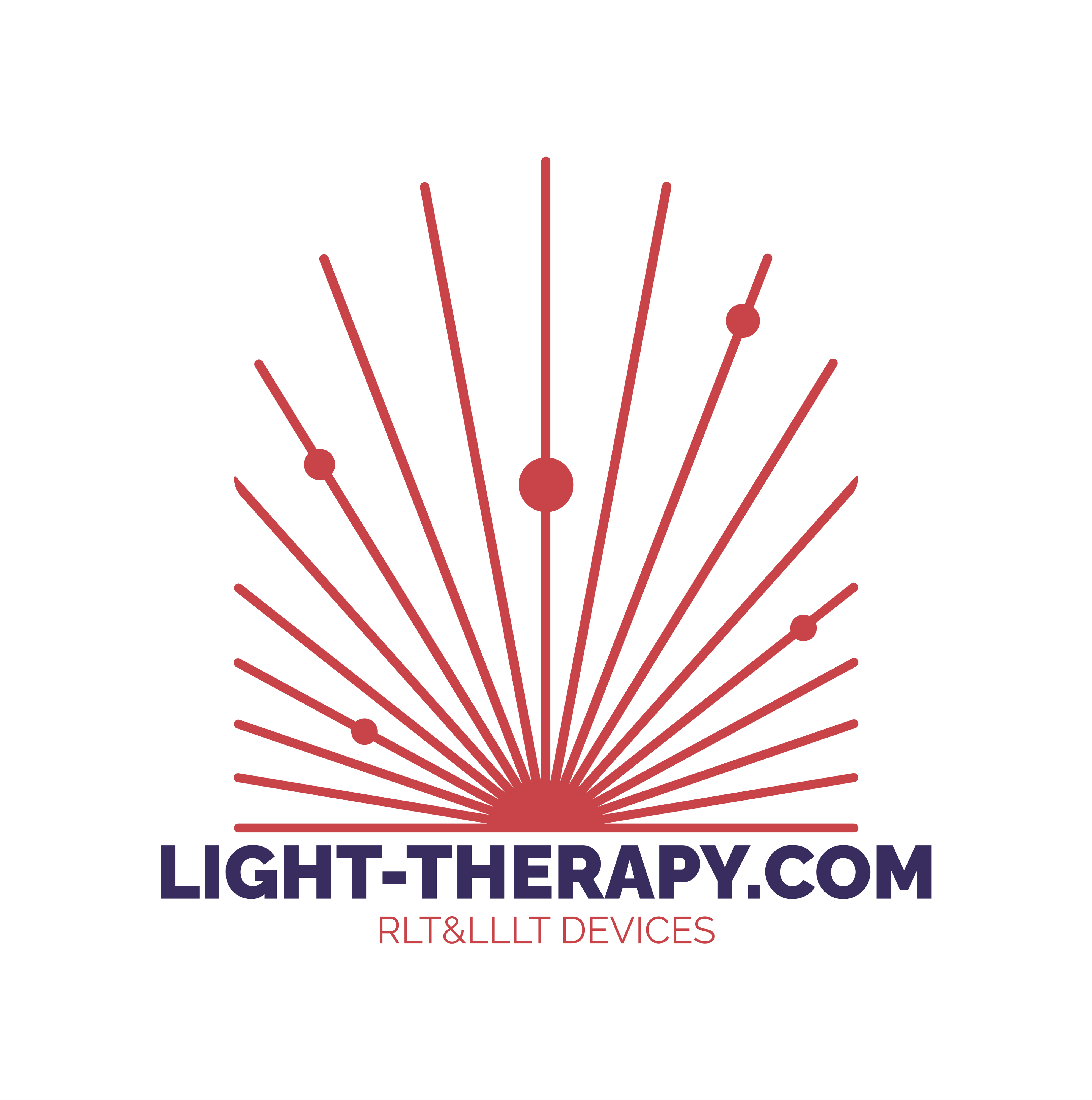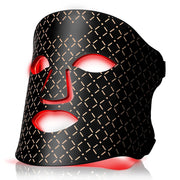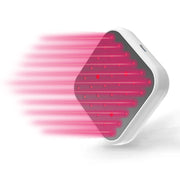Have you been told you may have sciatica? Is unexplained back pain radiating down your leg? Sciatica is specific to the pain that is a direct result of pressure on the sciatic nerve, in other words, the term sciatica can be used to identify the radiculopathy that occurs when the nerves that make up the large sciatic nerve gets pinched. This unbearable pain can also be associated with weakness, numbness, and the inability to sit or stand for long periods of time. Research-based estimates are that approximately 10 % of people with low back pain have sciatica. Sciatica can be a debilitating condition as an individual can experience persistent pain as well as paresthesias (burning or tingling sensation). If you have sciatica and are ready to find relief, red light therapy may be for you.
As I scoured the internet for case studies and anecdotal discussions on this condition and possible avenues of relief; I came across some misconceptions about sciatica. I want you to make the most informed decisions about your sciatic pain, so let’s clear up any misconceptions you may have.
Sciatica myths exposed!
Myth number one: Exercise will make your sciatica worse
This myth couldn’t be further from the truth. As a rehabilitation therapist, I have seen many clients that have sciatica and exercise is the most common treatment in their plan of care. However, the exercise prescribed is specific to the sciatica case in regard to chronic and or acute conditions. Because sciatica is associated with pain, in many cases, it’s common to stay away from any form of physical activity. It’s important to note that the longer you go without strengthening and or stretching exercises, the more likely this can lead to the weakness of your muscles and may worsen your pain. The only suggestion I can leave from this debunked myth is to book a consultation with a registered physiotherapist to begin your plan of care. As there is a risk of injury with any activity, use caution, when performing any physical activity and of course if you experience pain or discomfort, discontinue any exercise and contact your healthcare provider. Gentle exercises and stretching can also be done while using Woscan panels. I will dive into some of those benefits shortly, but let’s finish debunking another myth.
Myth number two: Sciatica pain may never go away
Sciatica can present itself as a long-term issue that is very difficult to resolve, but often the solution lies in finding the appropriate treatment, which can take some time as well as trial and error. There are many treatments available for Sciatica, from relatively noninvasive modalities such as Red Light Therapy, acupuncture, chiropractic treatments, and decompression devices, dry needling, massage therapy, physiotherapy to more involved procedures such as surgery.
Many people can experience pain relief by the application of Low-Level Laser Therapy (LLLT), also known as red light therapy. With no known side effects, LLLT treatments speed up and activate the body’s healing response by increasing blood flow to the affected area. Studies have exposed positive and conclusive biological effects of LLLT stimulation on the nervous system. A study done on rodents specific to sciatic injury concluded: “that the application of a laser source with an 808-nm wavelength at doses of 3 and 8 J/cm2 to an injured rat sciatic nerve immediately after crush has beneficial effects on sciatic nerve regeneration, including better functional recovery and morphological changes and the increased expression of the neuronal growth marker GAP43,” (Wang CZ, Chen YJ, Wang YH, Yeh ML, Huang MH, et al. (2014). Red light therapy is accumulating more attention as a treatment for sciatic pain, and not only for its well-documented results and efficacy but for its safety, as well.
The pain you may feel that radiates down your low back and goes down to your hips, backside, and legs, can leave you desperate for relief. Photobiomodulation has been shown to potentially lessen that pain and will increase cellular energy leading to a faster recovery time. Photobiomodulation works by anchoring red light towards the body and the red light impinges on and stimulates your biological tissue and triggers a physiological response that will activate your body’s own natural healing ability to lessen pain associated with sciatica. When we use red light to stimulate your biological tissue, it gets absorbed by molecules called Cytochrome C Oxidase (COX). Once these molecules absorb the red light, ATP production (driver of energy to biological tissue) will be increased and will provide a beneficial effect by normalizing the metabolic process and assisting in an anti-inflammatory effect.
Recently a 2020 randomized clinical trial, is focused on evaluating “Photobiomodulation Therapy (PBMT) in Patients With Low Back Pain (LBP).” The researchers of this trial are intrigued by the idea of treating LBP with non-pharmacological therapies such as photobiomodulation therapy. The future is bright with many alternative therapies on its way! Let’s look at the color red for a moment, if you think of the color red, you immediately think stop. With that said, I like to imagine the red light stopping the destructive pain and discomfort while creating a restorative environment. The red light will penetrate your tissue and cause an analgesic effect by giving your body a regenerative stimulus.
It is important to note that red light therapy may need to be a secondary adjunctive treatment as it may not be sufficient to provide relief from direct pressure on the nerve which can be caused by a collapsed disc, however, red light can certainly help decrease the inflammation and speed up the healing and recovery process at the nerve site once that primary source of pressure has started to lift and the nerve begins to heal. Studies have demonstrated encouraging results towards a healing effect on the nerves themselves as well as the surrounding areas.
There are treatments that are likely necessary alongside red light therapy. It’s important to listen to your symptoms and recognize the diverse therapeutic options available today. Always consult with your healthcare provider for the best treatment options available to you.
As mentioned earlier, one benefit of doing gentle exercises and or movement using one of our Woscan panels will be to slow down and breathe while enjoying the therapeutic benefits of red light. A chance to eliminate any unnecessary drugs, and if drugs are necessary for your sciatic pain relief, red light may also lessen unwanted drug side effects. With red light, we have the potential to change the course of healthcare away from the traditional way of prescribing and focus on preventative and restorative practices.
For some, it may be difficult to welcome this new type of technology, regardless of the incredible therapeutic effects that red light therapy can provide. Our Woscan panels have been independently tested, FDA certified clinical grade, and in fact used in many clinics around the world, confirming any doubts about safety, and effectiveness. Get excited about reaching amazing results and relieving sciatica pain at the comfort of your own home.









